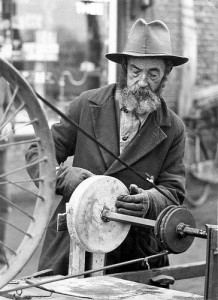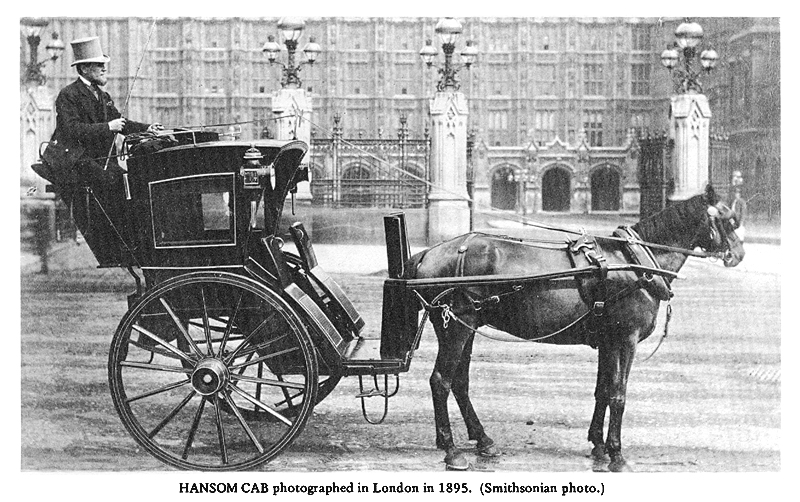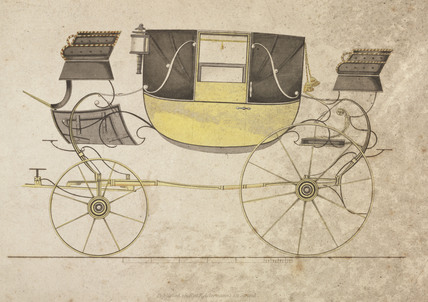"You see," remarked Holmes, as we paced to and fro in front of the house, "this marriage rather simplifies matters. The photograph becomes a double-edged weapon now. The chances are that she would be as averse to its being seen by Mr. Godfrey Norton, as our client is to its coming to the eyes of his princess. Now the question is, Where are we to find the photograph?"
(Aventure I, A SCANDAL IN BOHEMIA pg. 13)
The first permanent photograph was developed by Thomas Wedgwood in 1790, however, it wasn't until 1822 that an actually clear photograph was made by a French inventor, Joseph Nicéphore Niépce. Thanks to the evolution of chemstry, the process of photo development evolved throughout the 19th century. In the Victorian Era, many chemical process were invented in order to reveal those photographs, examples of which are the collodium process, gelatin process and lifochrome process.
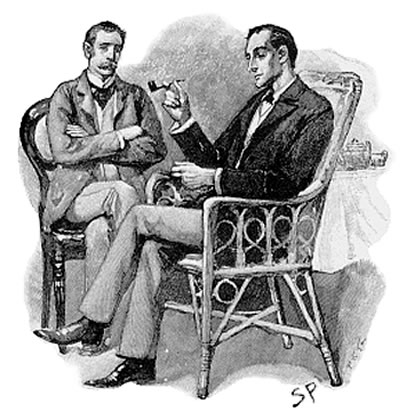

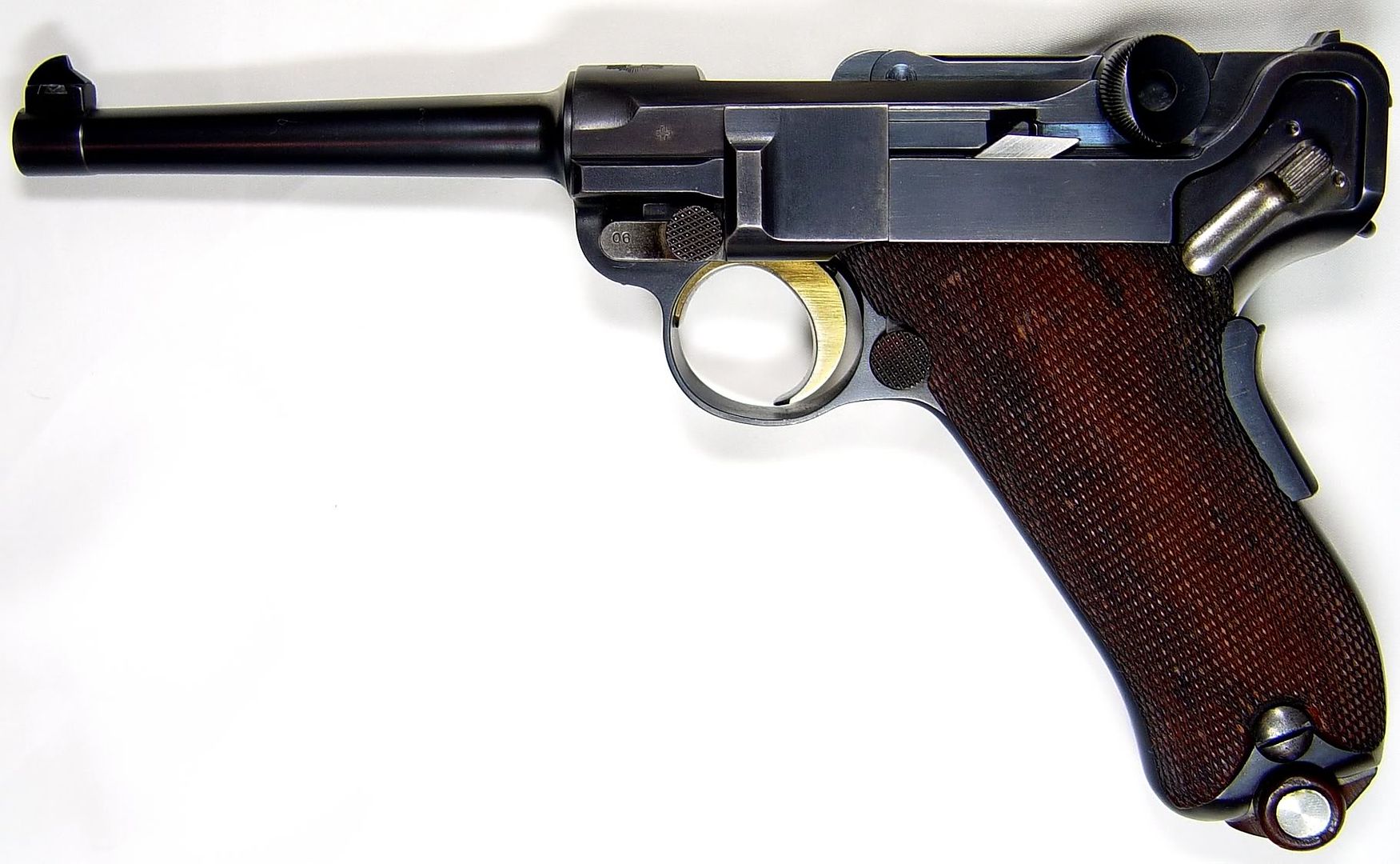




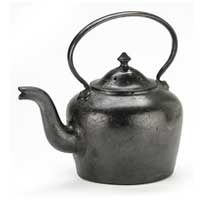
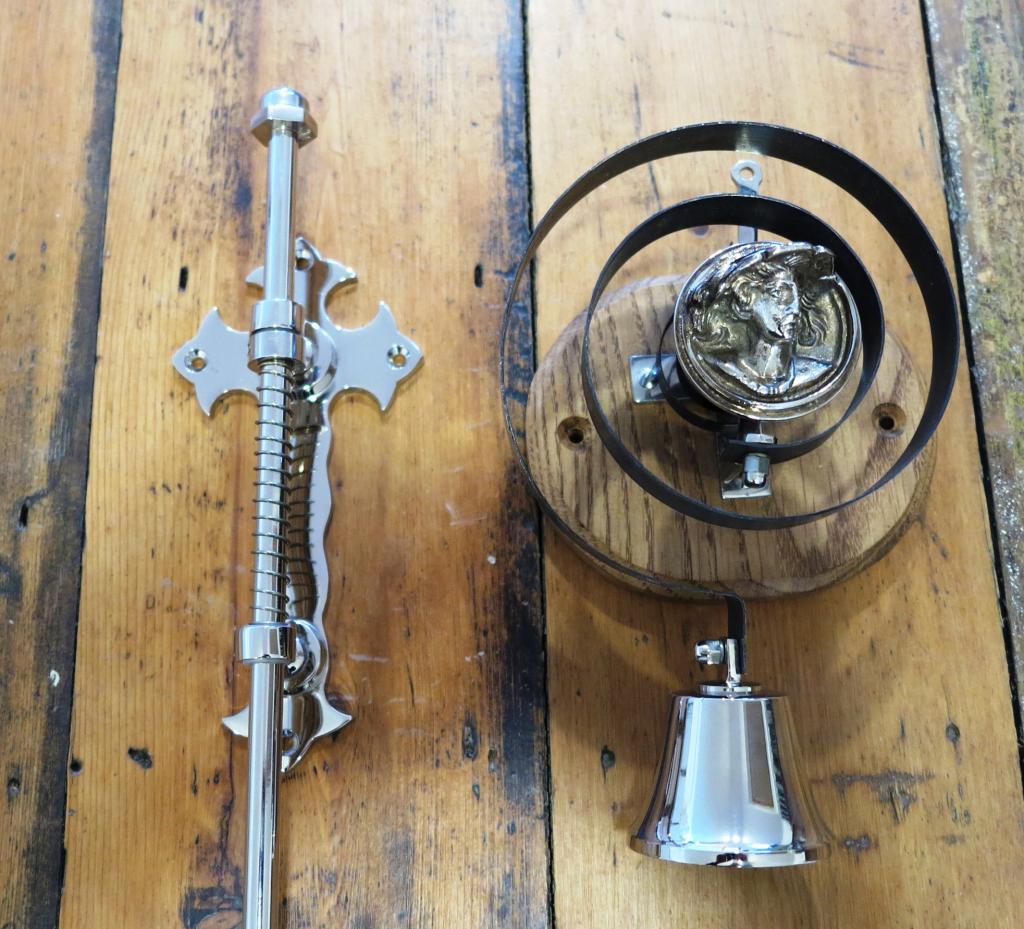


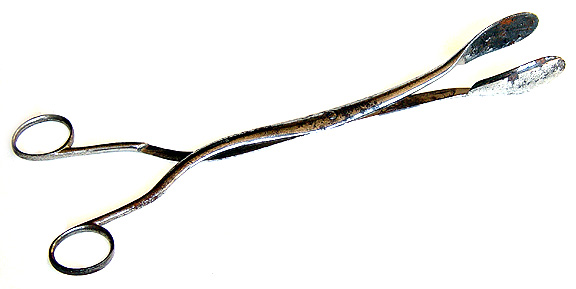
.jpg)

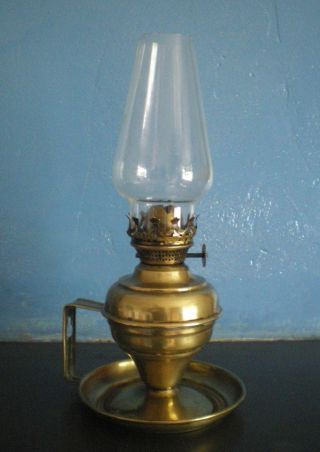

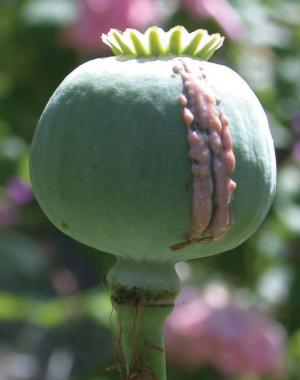












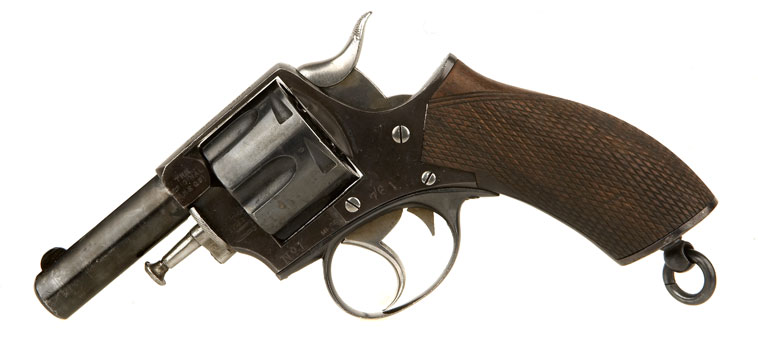





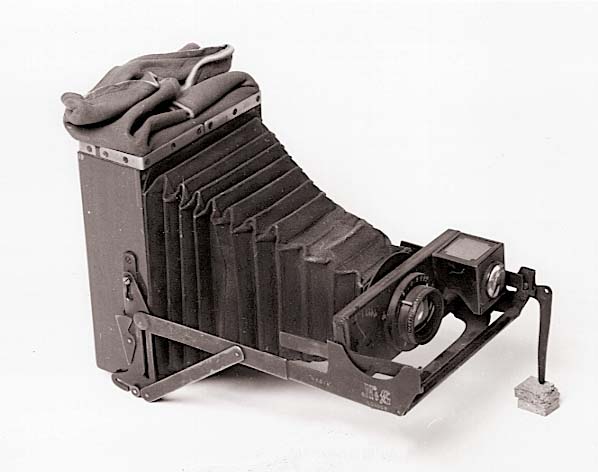



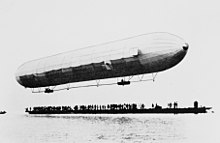
_Station_with_train_from_Tunbridge_Wells_West_geograph-2686103-by-Ben-Brooksbank.jpg)

